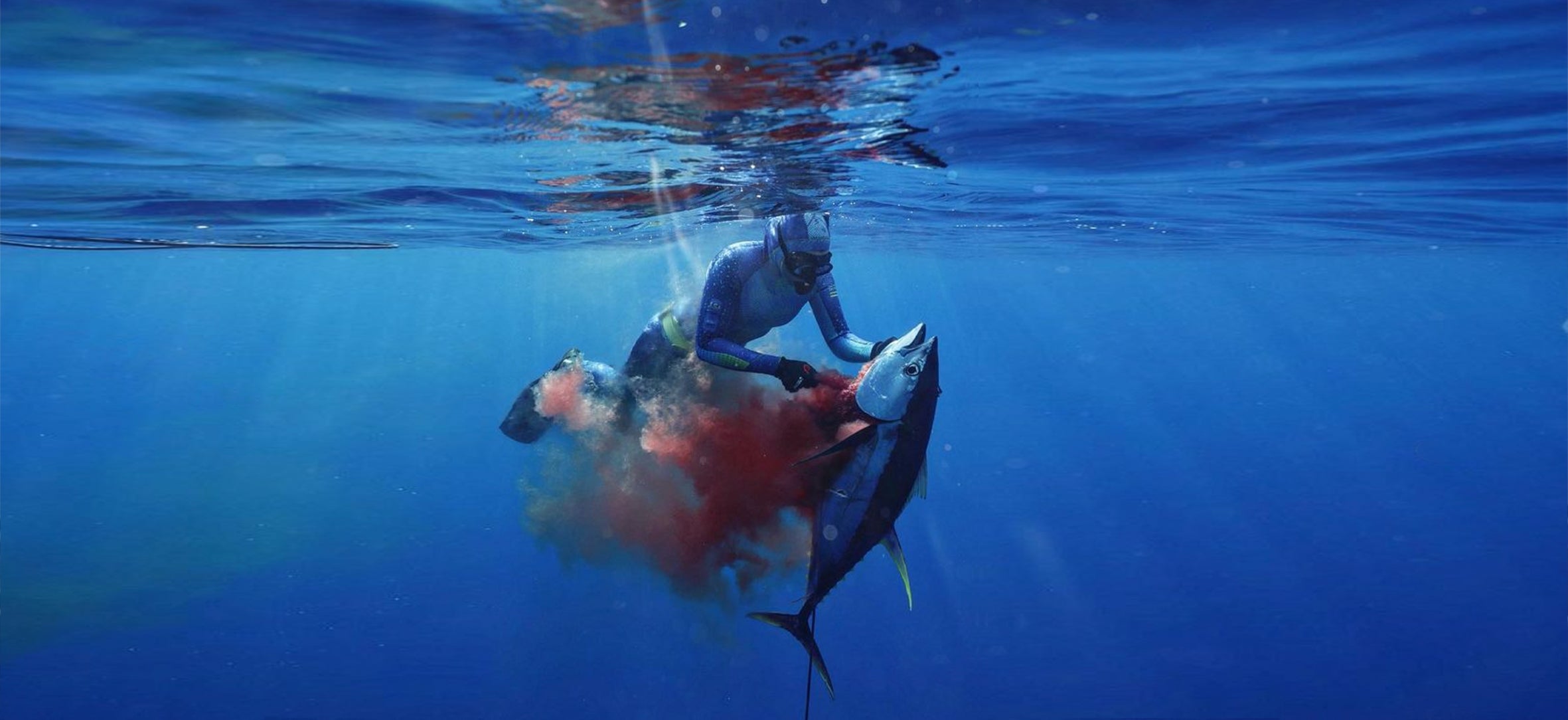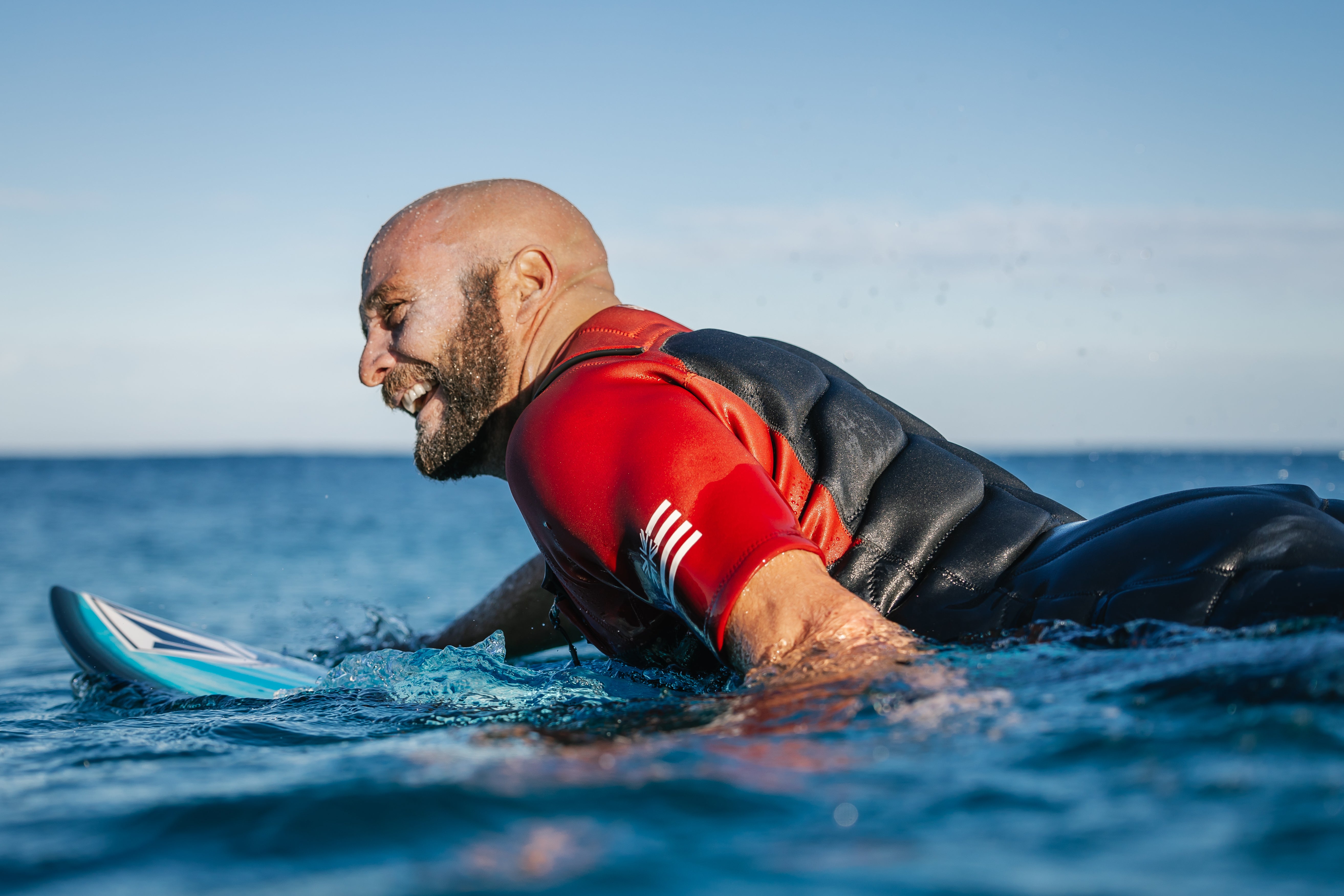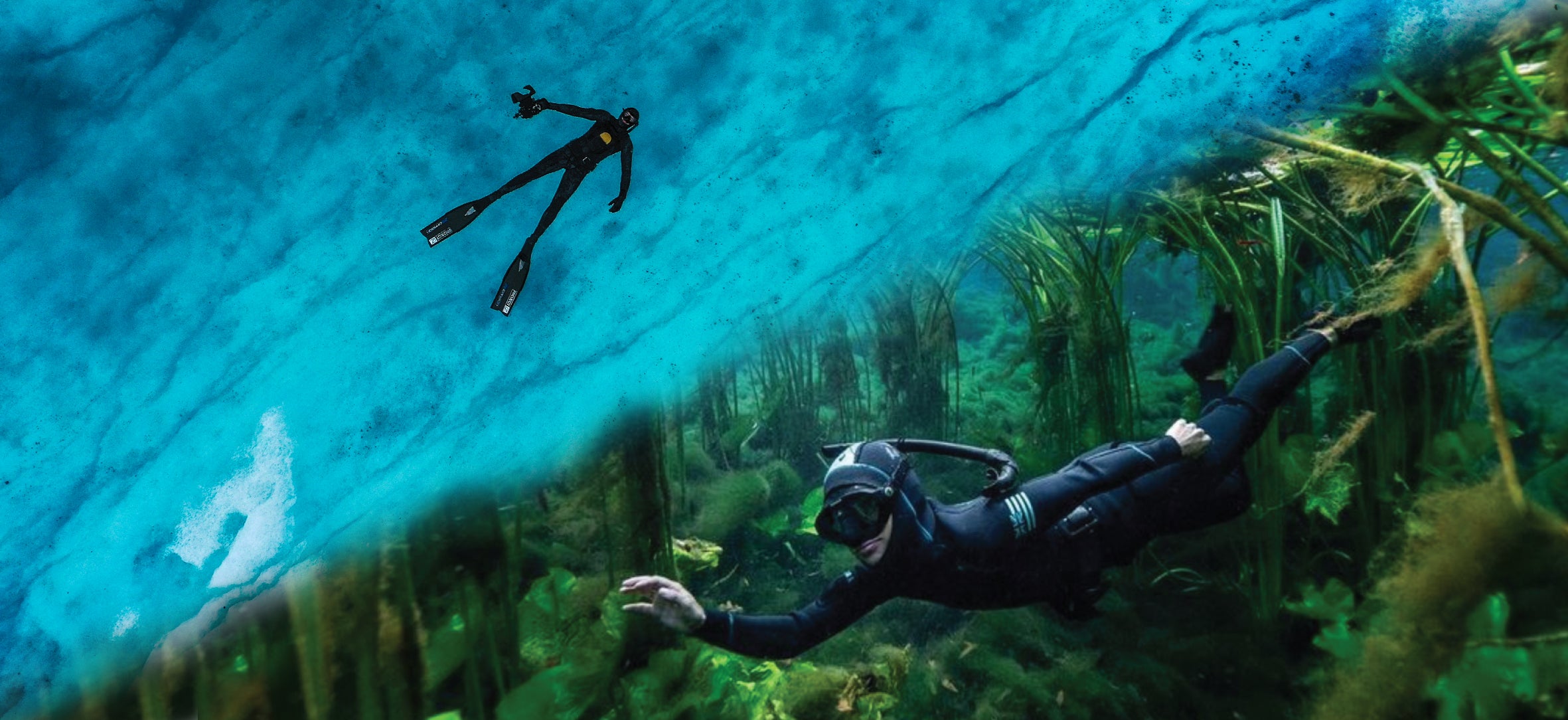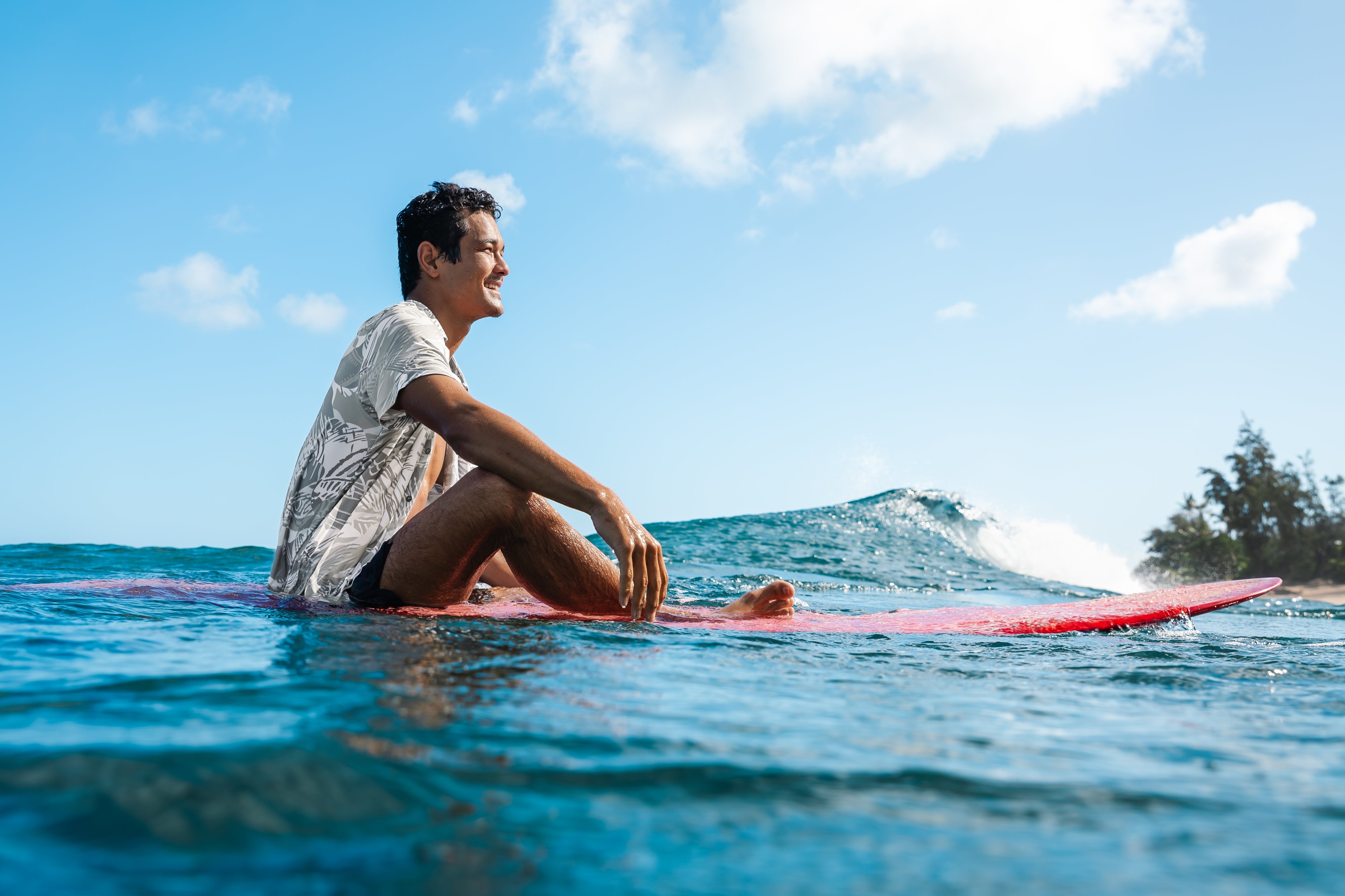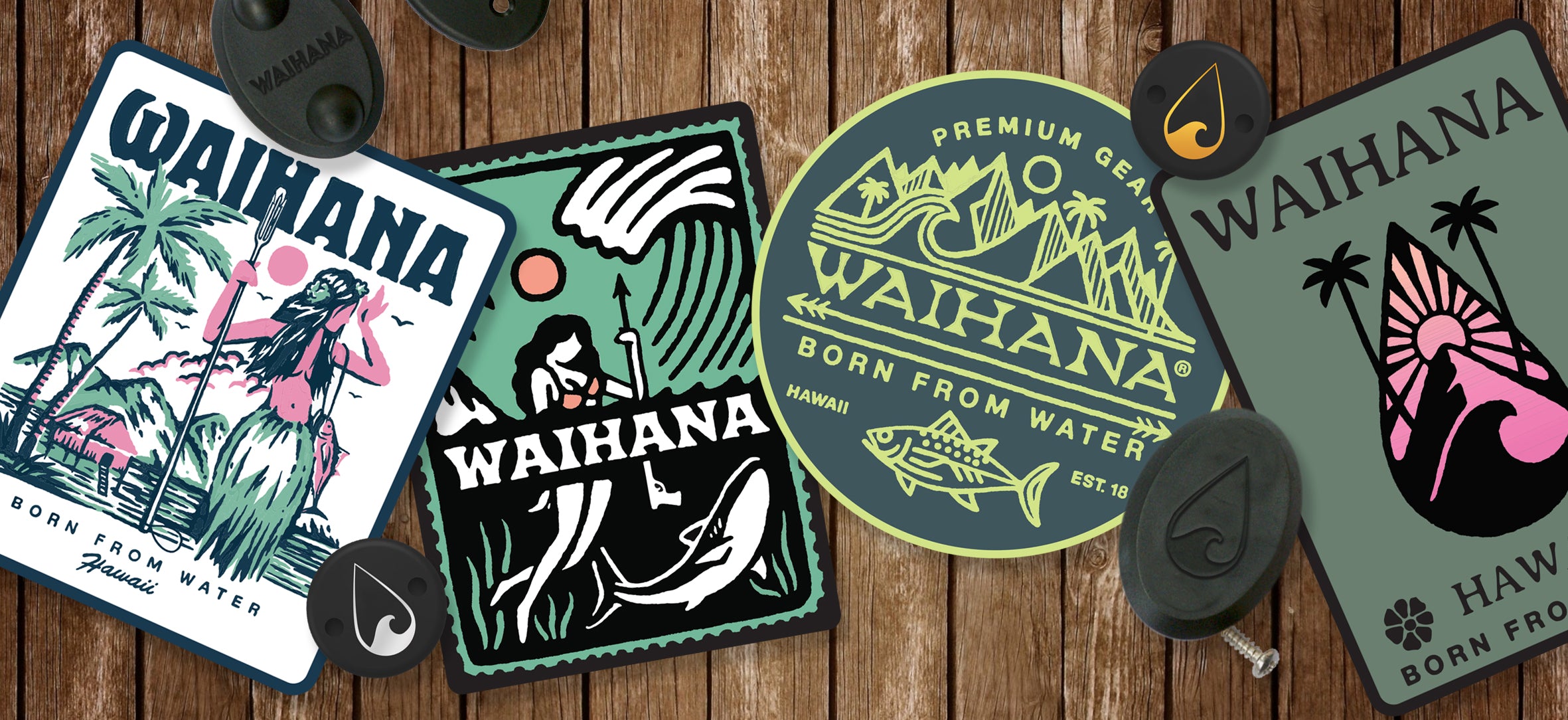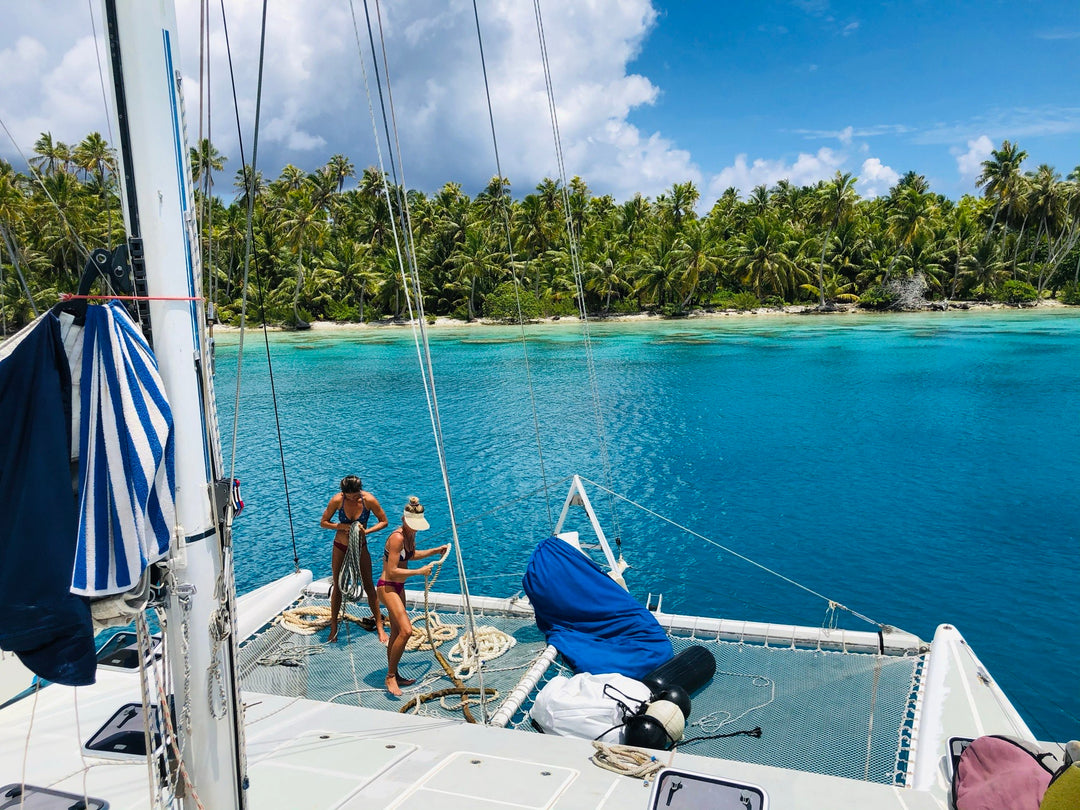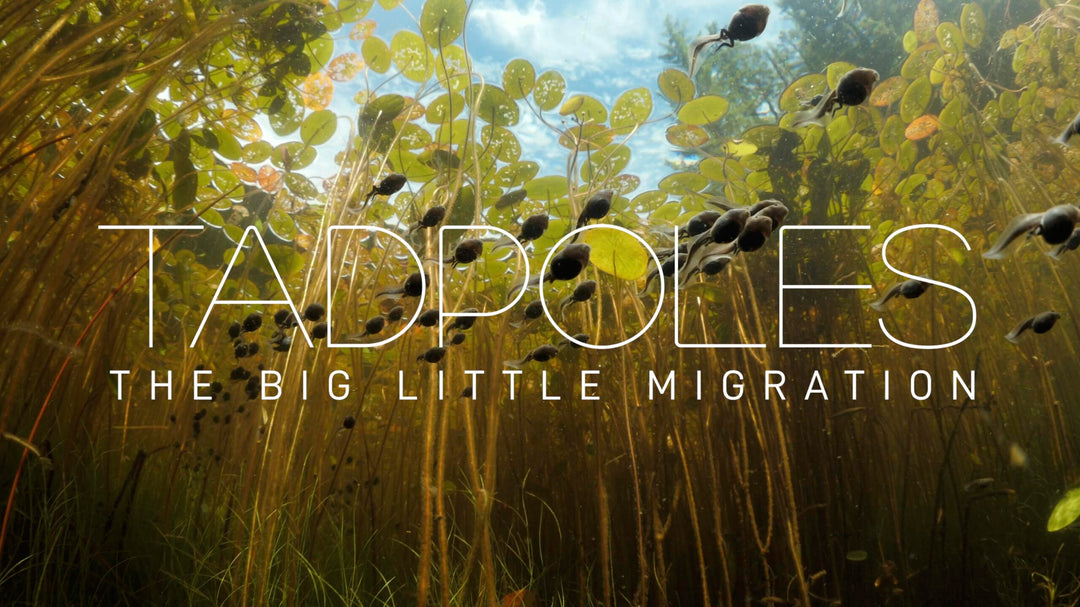In 1969 Kealakekua Bay was designated a Marine Life Conservation District. This prohibited spearfishing. 56 years later numerous community groups worked together with state agencies to obtain a Special Activities Permit to close the water to ocean activities, including tourism, and spearfish in the bay for the first time in more than half a century.
Spearfishing teams were by invitation only. Calvin Lai racked up the highest points with a combination of the number and weight of invasive fish he speared during the event last weekend. He was the USA spearfishing champion individual in 2013, 2014, 2023. He still competes in both individual and team and is a six-time team champion.
Lai laughed when asked if he had previously spearfished in Kealakekua Bay. “I’m only 50 and it’s been closed since 1969.” he said. “It was very special to dive and to compete in the bay to take out invasive fish and to help the environment as well as helping the community of Kealakekua to move these species out. Also meant a lot to me cause of the history of the area and our culture, being born and raised in Kauaʻi and Hawaiʻi all my life.”

Charles Kealoha Leslie, better known as Uncle Chuck, was born in 1941 on the south side of Kealakekua Bay in Nāpo’opo’o. His family members were the last caretakers of Ka‘awaloa village where the Captain Cook Monument stands in the flats on the north shore of the bay. He remembers a time when invasive fish like roi (peacock grouper), ta‘ape (bluestripe snapper) and to‘au (blacktail snapper) were not in the water.


About 10 years ago, Johnson started planning conservation efforts in Kealakekua Bay based on Uncle Chuck’s ‘ike kūpuna, or ancestral knowledge. Invasive fish needed to be removed to make way for endemic species to return and thrive. By creating the group ‘Ike Lawai‘a last year, Johnson was able to incorporate her KapuKapu ‘ohana team to raise funds with the Healy Foundation and work with the Department of Land and Natural Resources’ Division of Aquatic Resources.
With the help of Division of Conservation and Resources Enforcement’s John Kahiapo they obtained a Special Activities Permit to close the bay to ocean activities, including tourism, and open it to a limited number of spearfishers for the day.


“There’s a lot of invasive fish in Kealakekua.” Lai said, “Just for a small area in the bay, there was a lot.”
Tim Grabowski, a University of Hawaiʻi Hilo adjunct professor and leader of the U.S. Geological Survey Hawaiʻi Cooperative Fishery Research Unit, confirms this. “There was a wide range of success among the 18 teams we have data from as they returned with anywhere from .86 to 110.5 pounds (of invasive fish).”


Diver Brittany Brockway said she was excited about the rare opportunity to spearfish in Kealakekua Bay.
“The backdrop of that bay is stunning and some of my most memorable experiences swimming with dolphins were in the bay. They seem to love that bay as much as I do and were more interactive, curious and playful,” she said. “When I spearfish, I am typically very selective and only will shoot one or two fish each trip because sustainability is something I am passionate about. I would never waste a fish that I harvested from the ocean. So not only was it a lot of fun to shoot as many fish as I could, but it was special because it had such a positive impact on the environment.”

Johnson said none of the invasive catch was wasted.
“Most fish went to one of our supporters at the Natural Energy Laboratory of Hawaii Authority who will turn the roi into an emulsified fertilizer for farmers,” he said. Some of the catch would be used to make fish leather and about 100 pounds went to Grabowski from UH Hilo Invasives Species Unit “for further genetic testing and identification that will be shared back to us for our fisheries database,” Johnson said.


The three invasive fish targeted for removal were the ta‘ape. to‘au and roi. Roi, also known as a peacock, bluespotted or celestial grouper, was introduced to Hawaiian waters in the 1950s from French Polynesia where it is a known food source. However, roi in Hawaiʻi may carry Ciguatera toxin that could make consumers ill.

Some of the prizes handed out were Leslie’s handmade fishing throw nets and handcarved stone bowls and sharks teeth by Morris among other spearfishing gear contributed by local shops and spearfishing companies. The Alex and Duke De Rego Foundation gave out diving masks to all competitors and volunteers.


Jeff Alberts surfaced with a roi and a big smile. “I started diving in Ke’e beach, the bay south of Kealakekua Bay.” Alberts said. “So to be able to dive the sanctuary and clean up the reef means a lot to me.”


Roi can reach up to 16 inches and generally weigh three pounds with some exceeding six pounds. The invasive roi hunts juvenile fish along Hawaiʻi reefs preventing endemic species from reaching maturity to spawn.


Grabowski from UH Hilo broke down the Kealakekua Bay Invasive Species Removal Event. The majority of fish was roi at 88.5%. ta‘ape made up 9.6% and to‘au 1.9%. “Kealakekua has a robust population of big, old fish.” he said.
In all, 526 invasive fish were speared during the inaugural event. Combined, they weighed in at 958.2 pounds.
“I loved being a part of a historical event in Hawai‘i history, being in the first spearfishing competition in Kealakekua Bay.” Lai said. He contributed approximately 12% of the total weight by himself.
CORRECTION: The owners of the KiniKini as well as a diver receiving water were misidentified in two separate photos. The story has been corrected to identify the diver as Kaniela Phipps, and to show the KiniKini is owned by Lauren and Kalani Nakoa.
